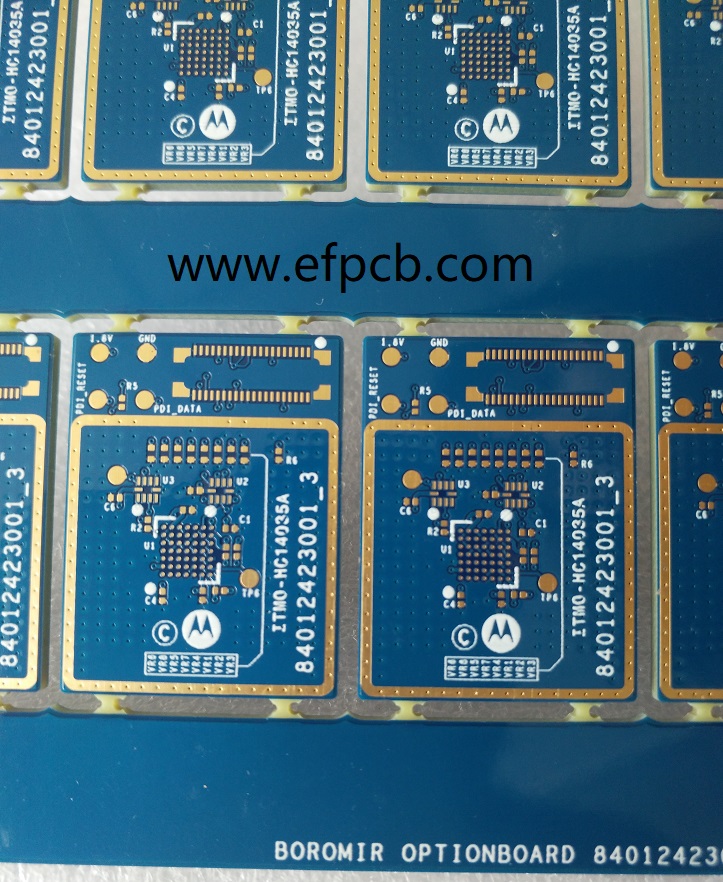The Crucial Role of High-Temperature PCBs in Modern Electronics

Keywords: High Temperature PCB
High Temperature PCB is designed to withstand elevated temperatures far beyond the capabilities of standard PCB materials. They are constructed using specialized materials and manufacturing processes that offer superior thermal resistance and durability. These PCBs are engineered to endure harsh environments characterized by high operating temperatures, thermal cycling, and temperature variations. By withstanding extreme conditions, high-temperature PCBs ensure reliable operation, reduce downtime, and enhance the overall performance of electronic systems.
Applications in Automotive and Aerospace Industries
In the automotive industry, high-temperature PCBs are essential components in electric vehicles (EVs) and hybrid electric vehicles (HEVs). The battery management systems, power electronics, and motor controllers in these vehicles generate significant amounts of heat. High-temperature PCBs enable efficient heat dissipation and prevent component failure, ensuring the safe and reliable operation of these advanced vehicles.
Similarly, in the aerospace industry where electronic systems are subjected to extreme temperatures, High Temperature PCB plays a critical role. Satellites, aircraft, and unmanned aerial vehicles (UAVs) operate in environments ranging from scorching heat to cold. High-temperature PCBs allow electronic equipment to function optimally, contributing to the success of space missions, aviation safety, and military operations.
Industrial and Energy Applications
In industrial settings, such as power plants, oil refineries, and chemical plants, electronic systems are often exposed to high temperatures and thermal stress. High-temperature PCBs ensure the reliable operation of control systems, monitoring equipment, and power distribution units, even in the harshest industrial environments. By offering thermal stability, these PCBs increase the lifespan of electronics, reduce maintenance costs, and enhance safety and productivity.
Moreover, high-temperature PCBs play a crucial role in the renewable energy sector. Solar panels and wind turbines face continuous exposure to extreme temperature variations, humidity, and other environmental challenges. High-temperature PCBs enable the efficient conversion of energy, regulate power flow, and ensure the longevity of critical components in renewable energy systems.
Challenges and Advancements
Designing and manufacturing High Temperature PCB present unique challenges due to the need for specialized materials and processes. However, ongoing advancements in material science and PCB manufacturing techniques have led to the development of innovative solutions. Researchers and manufacturers are exploring materials like ceramic substrates, high-temperature laminates, and thermally conductive dielectric materials to push the boundaries of temperature resistance.
- 1HDI PCB Market Outlook 2025: Future Prospects, Growth Analysis & Innovations
- 2HDI PCB Design Comprehensive Guide: Mastering High Density Interconnect Technology in 2025
- 3Understanding UL 94V-0 Flammability Rating for Printed Circuit Boards (PCBs)
- 4PCB core raw material CCL
- 5Top HDI PCB Manufacturers (2024)
- 6Top 10 Flexible PCB Factories in 2025
- 7IC Substrate | Comprehensive Guide (2021)
- 8How to Make mSAP PCB?
- 9The Impact of Trump's Tariff Policy on Chinese PCB Industry and Countermeasures
- 10Top 10 IC Substrate Fabricators (2024)

- Skype ID: shawnwang2006
- Phone No。: +86-755-23724206
- Email: sales@efpcb.com
- Quick Contact
